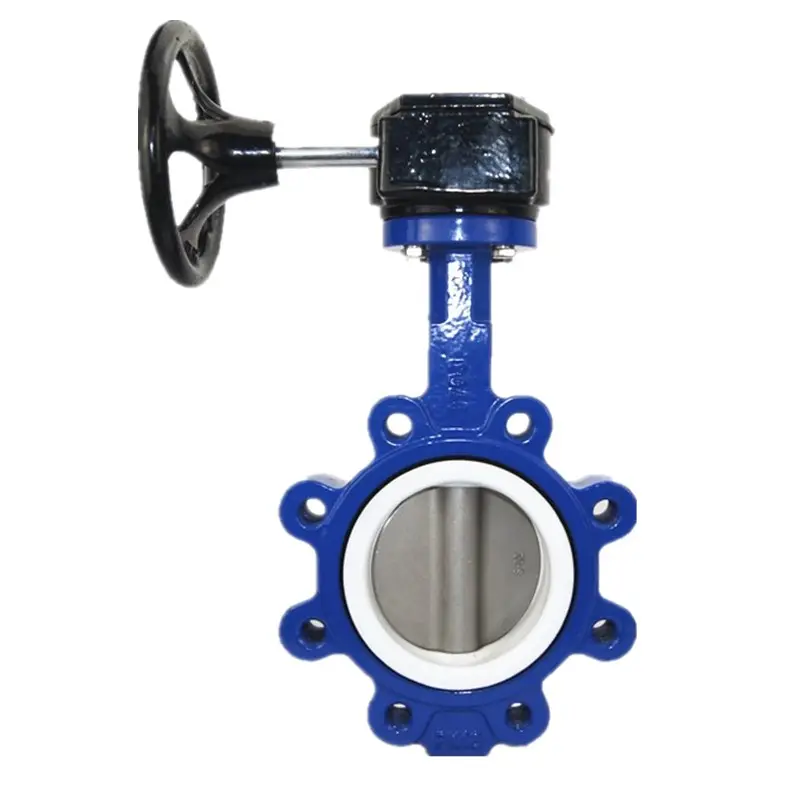When choosing materials for a lug type butterfly valve, several factors should be considered to ensure optimal performance, durability, and compatibility with the intended application.
Here are some key factors to consider:
- Fluid Compatibility: Select materials that are compatible with the fluid being handled by the valve. Consider factors such as chemical composition, temperature, pressure, and potential for corrosion or erosion. Ensure that the valve materials are resistant to degradation or damage caused by the fluid’s properties.
- Operating Conditions: Consider the operating conditions of the valve, including temperature, pressure, and environmental factors. Choose materials that can withstand the anticipated operating conditions without experiencing deformation, degradation, or failure. For example, select materials with high-temperature resistance for applications involving elevated temperatures.
- Valve Body Material: The material of the valve body plays a crucial role in determining the overall performance and durability of the valve. Common materials for lug type butterfly valve bodies include cast iron, ductile iron, carbon steel, stainless steel, and various alloys. Each material has its own advantages and limitations in terms of strength, corrosion resistance, and cost.
- Disc Material: Consider the material of the valve disc or disc liner, which comes into direct contact with the fluid flow. The disc material should be selected based on factors such as fluid properties, temperature, pressure, and abrasion resistance. Common disc materials include stainless steel, carbon steel, ductile iron, and various polymers or elastomers.
- Seat Material: The seat material forms the sealing surface between the disc and the valve body and is critical for preventing leakage. Choose seat materials that provide a tight seal, excellent wear resistance, and long-term durability. Common seat materials include EPDM, Buna-N (Nitrile), PTFE (Teflon), Viton, and metal alloys.
- Stem Material: Consider the material of the valve stem, which connects the actuator to the disc and controls the valve’s opening and closing. The stem material should be strong, corrosion-resistant, and capable of withstanding mechanical stress and operating conditions. Common stem materials include stainless steel, carbon steel, and various alloys.
- End Connection Material: The material of the end connections (lug flanges) should be compatible with the piping system and capable of providing a secure and leak-free connection. Common materials for lug type butterfly valve end connections include carbon steel, stainless steel, and ductile iron.
- Industry Standards and Regulations: Ensure that the materials selected comply with relevant industry standards, regulations, and specifications, such as ASTM, ANSI, API, and ISO standards. Compliance with standards helps ensure the quality, reliability, and safety of the valve materials.
- Cost Considerations: Consider the cost of materials and factor it into the overall budget for the valve selection. Balance the performance requirements with cost considerations to choose materials that offer the best value for the intended application.
By carefully considering these factors, you can select materials for a lug type butterfly valve that meet the performance requirements, durability expectations, and compatibility needs of the specific application. Consulting with valve manufacturers, engineers, or material specialists can provide valuable insights and assistance in material selection.

What are the factors to consider when choosing materials for lug type butterfly valve?
